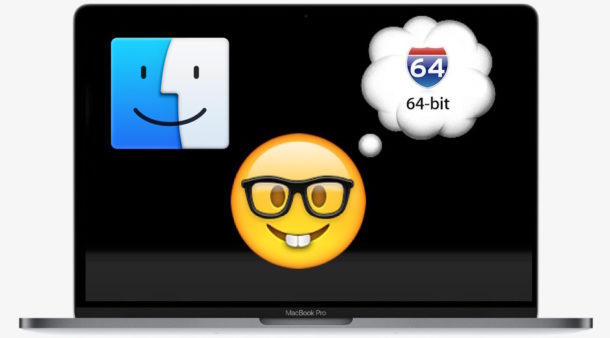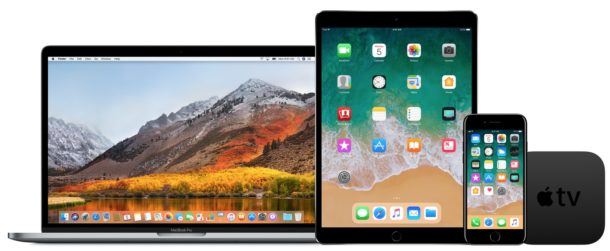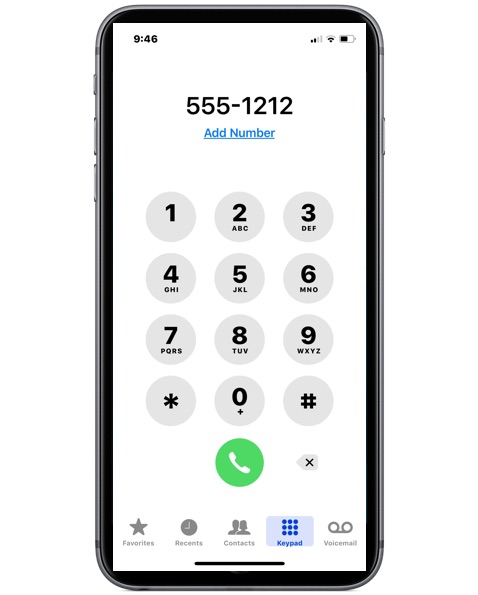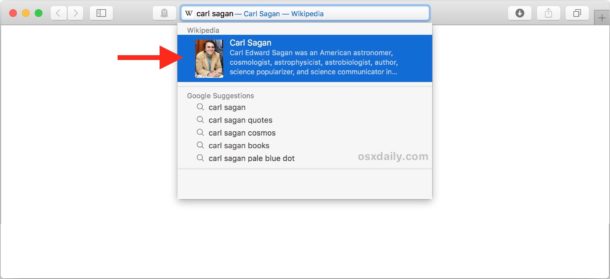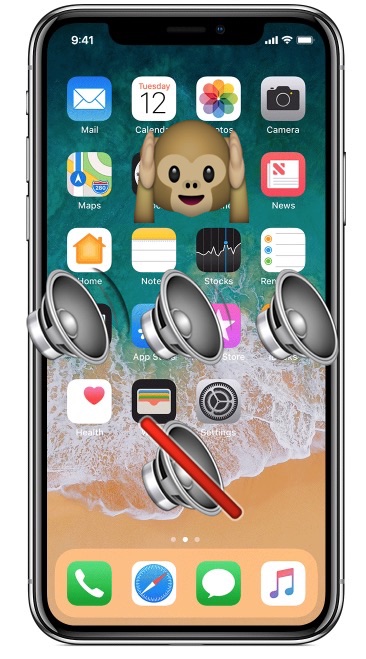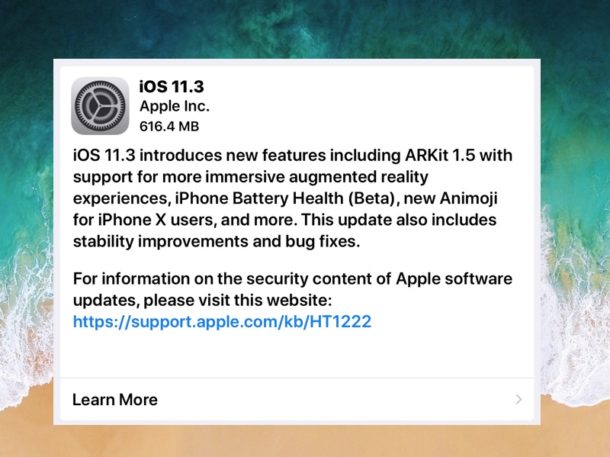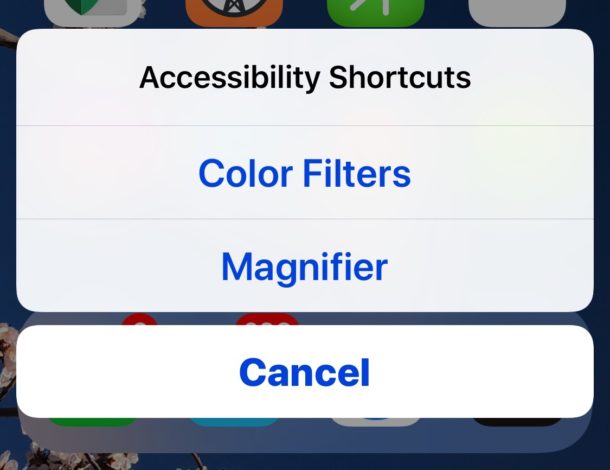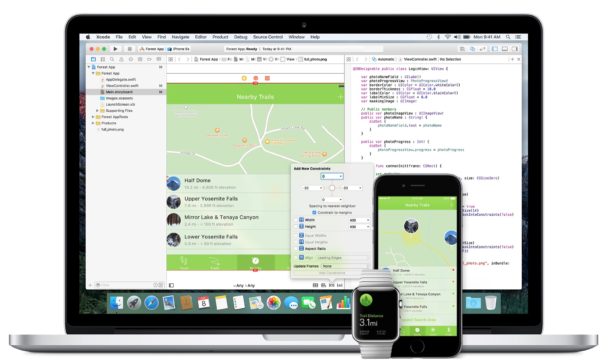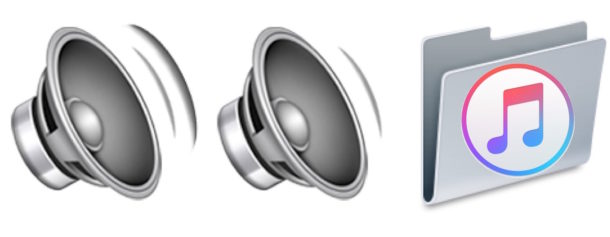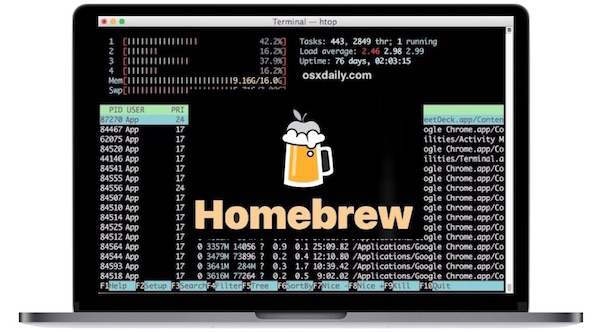How to Disable All Vibration on iPhone Completely

The iPhone defaults to having two kinds of alerts, an auditory alert and a vibration alert, so if your iPhone is ringing or getting a message then your phone will make a sound as well as buzz. If you flip the Mute switch on the iPhone, then the auditory alerts will silence, but you’ll still get the vibration alerts. That default state may be ideal for most iPhone users, but some others may prefer to have absolutely no vibration coming out of their iPhone at all, ever.
This article will show you how to completely disable all vibrations on the iPhone.
By disabling vibration system-wide in iOS, every situation you’d normally get a buzzing vibration as an alert or a notification will no longer vibrate ever. This makes it so if the iPhone is not on mute mode, then the auditory alert still kicks in but without a physical vibration, and if the iPhone does have the mute switch enabled then there is neither an auditory alert like a ringtone or text tone, nor a vibration. The iPhone will be truly completely silent and offer no physical indicator that an alert is going on.


